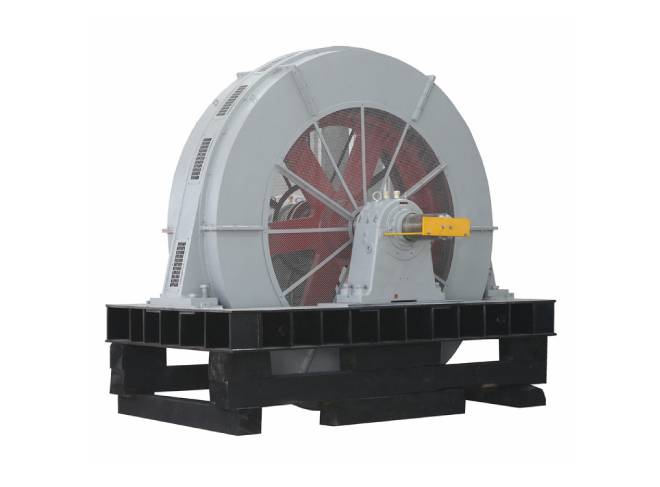Here, the Synchronous Motor Supplier will tell you some knowledge about synchronous motors, so that you can understand your synchronous motors better.
A motor running at a synchronous speed is called a synchronous motor. Synchronous speed is the constant speed at which the motor generates electromotive force. Synchronous motors are used to convert electrical energy into mechanical energy.

Large Synchronous Motor
The stator and rotor are the two main parts of a synchronous motor. The stator is stationary and carries the armature winding of the motor. The armature winding is the main winding, so the electromotive force is induced in the motor. The rotor carries field windings. The main magnetic field flux is induced in the rotor. The rotor is designed in two ways: salient pole rotor and hidden pole rotor.
The synchronous motor uses a salient pole rotor. The protruding pole means that the pole of the rotor protrudes toward the armature winding. The rotor of the synchronous motor is made of steel plate. The lamination reduces the eddy current loss generated on the transformer winding. Salient pole rotors are mainly used in the design of medium and low speed motors. In order to obtain a high-speed cylindrical rotor, a rotor is used in the motor
The speed of the synchronous motor has nothing to do with the load, that is, the change of the load will not affect the speed of the Synchronous Motor.
The synchronous motor cannot start automatically. The prime mover is used to rotate the motor at a synchronous speed.
Synchronous motors work at leading and lagging power factors.
Synchronous motors can also be started via damper windings.
The operation of a synchronous motor depends on the interaction between the stator magnetic field and the rotor magnetic field. The stator contains three-phase windings to provide three-phase power. Therefore, the stator winding generates a three-phase rotating magnetic field. DC power is provided to the rotor.
Generally speaking, Large Synchronous Motor are used for applications that require precise and constant speed. Low-power applications of these motors include positioning machines. These also apply to robot actuators. Synchronous motors are also used in ball mills, clocks and turntables. In addition, these motors can also be used as servo motors and timers.
The size of these motors can vary from small to large. When used on a high-power industrial scale, these motors perform two important functions. One is an effective method to convert AC energy into mechanical energy, and the other is power factor correction.
Copyright © ZCL Electric Motor Technology Co., Ltd. All Rights Reserved | Sitemap | Powered by 